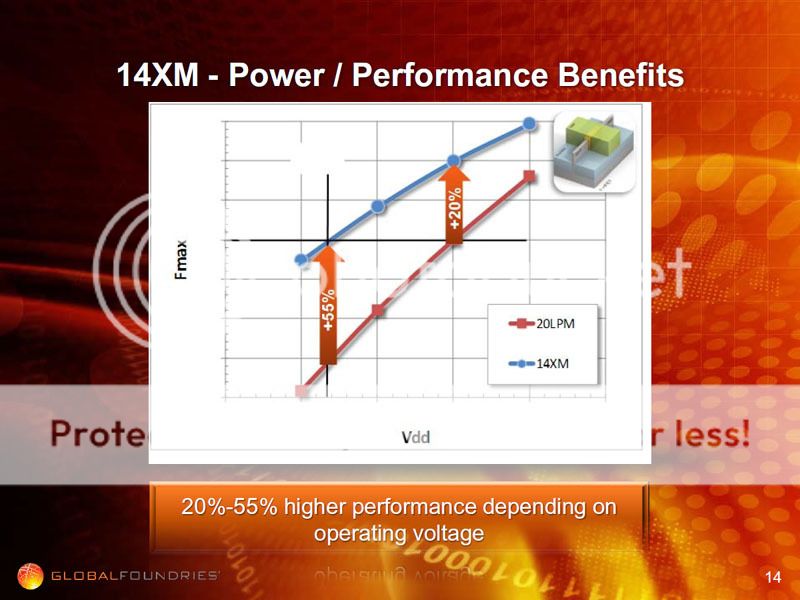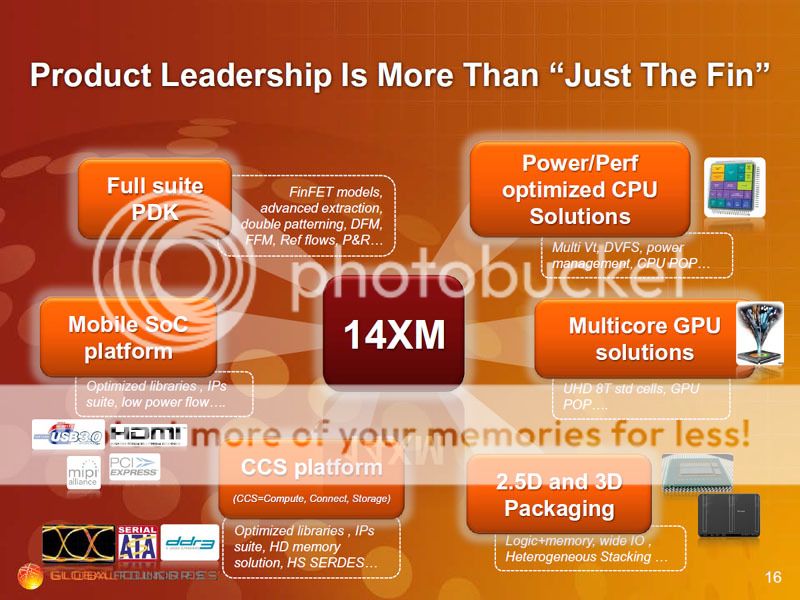Let put Pablo conspiracy theory in perspective:
If you were Otelini, would you go after a 3.5 billion gain in annual revenues from a company that is more likely to bankrupt itself out of sheer incompetence or try to break in a 50 billion market that is booming? No matter how good it would be to crush AMD, it isn't there that Intel efforts should be. The most lucrative parts are already with them.
But let's say that Intel is determined to crush AMD, is really necessary any additional efforts from Intel? Not really. Intel is committed to bring Haswell and future iterations of the Core architecture to tablets and convertibles, and more important, it wants every ultrabook to be a convertible. They have to have extreme focus on die size, power efficiency and performance, which in turn means lower ASP that will have to be compensated by smaller and more efficient dies in order to reduce COGS, exactly what Intel has been doing since Conroe but an order of magnitude bigger. So that theory that we are going to see increases of 100USD in notebooks prices is simply against their business strategy, as Intel must have a competitive package for tablets and convertibles, in other words, Intel is moving to a business model of smaller ASP, not higher. This is not a strategy to tackle AMD, this is an strategy to tackle ARM. The AMD issue solved itself in the day they launched Bulldozer.
With bulldozer they shifted to a higher ASP strategy. Intel is pretty much happy with prices where they are now, they are still getting 60%+ gross margins each quarter, while AMD went down to 38% (discounting the inventory impairment). Who needs better ASP here? The fact that they are still seen as the one that keeps Intel prices in check is more due to their inability to sell their products at the prices they want than anything else.
So when Pablo comes here stating things like "Intel's modus operandi ad vitam eternam has been to protect their amazing profits and high ASP's while causing pain for AMD in the value segment." it fails to capture, among other things, that Intel is transitioning to smaller ASP products and that AMD tried and failed to transition to high ASP products. All that is left is that Intel wants to destroy poor AMD, as if AMD wouldn't do the same if it could.




